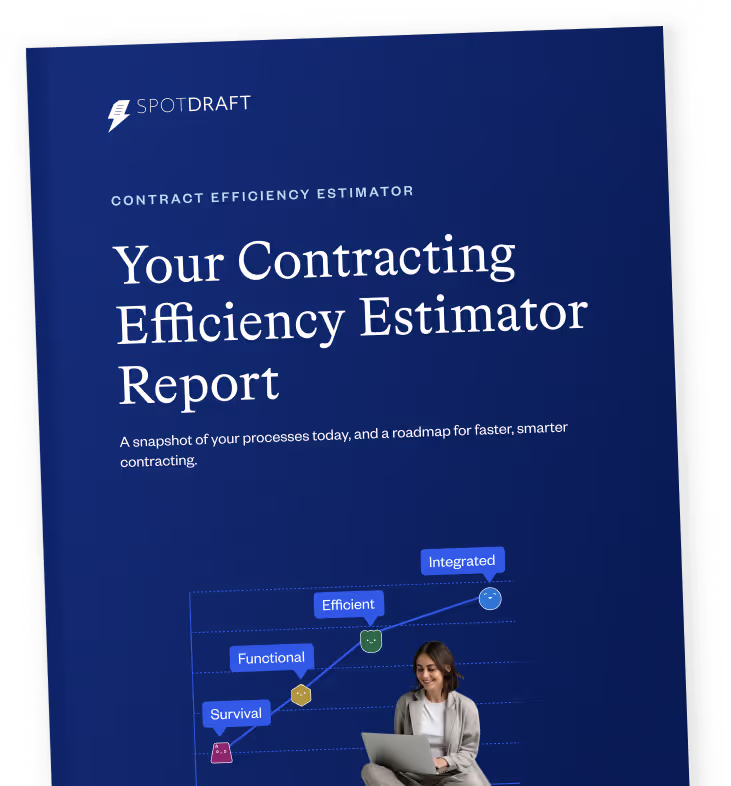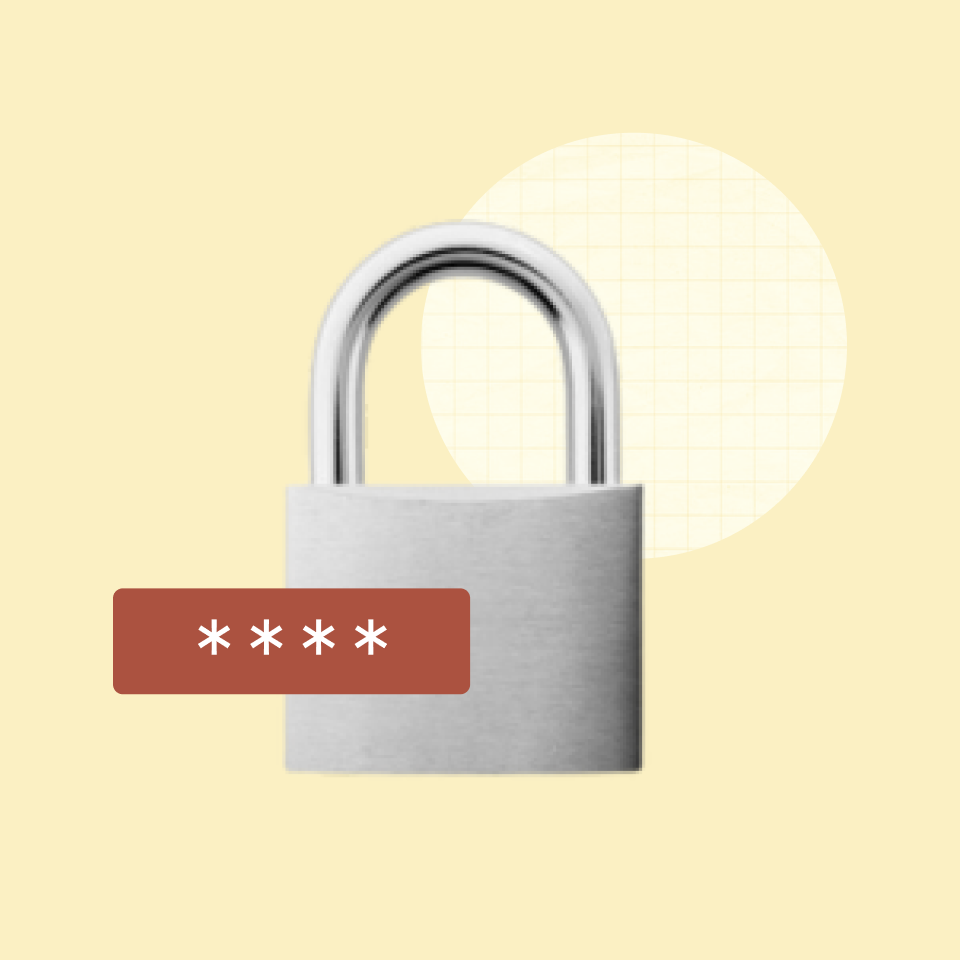Introduction
Contract renewals are among the most significant risk points in an organization. Without clear tracking, they can trigger unwanted auto-renewals, lost revenue opportunities, and compliance gaps. Insights from the CCM Institute Benchmark Report 2025 indicate that poor visibility remains one of the biggest contributors to contracting risk across organizations.
The fix isn’t simply adding more reminders — it’s building an end-to-end renewal discipline built on data, visibility, ownership, and automation.
Centralize Contract Data and Renewal Dates
Many teams still manage renewals across spreadsheets, email inboxes, shared drives, and individual trackers. This fragmented approach makes it difficult to know which contracts are up for renewal, which terms apply, and whether an auto-renewal clause is about to kick in. When renewal data is scattered, contracts slip through the cracks simply because no one can see the full picture.
You can reduce this risk by keeping all contracts and renewal details in one system. When you capture key metadata — renewal date, notice period, contract value, owner, and auto-renew behavior — you create a single source of truth. This saves time, removes ambiguity, and ensures upcoming renewals are visible to everyone who needs them.
Automate Alerts Before Deadlines
Relying on manual reminders or calendar notes is risky because renewal decisions often require time: time to review performance, reassess pricing or renegotiate terms. When teams only discover a renewal at the last minute, they lose leverage. Automated alerts issued well in advance such as 90 to 120 days before renewal, create a decision window rather than a deadline scramble. A study from Freqens found structured renewal tracking helped companies reduce contract cost by 5-15% annually.
Early alerts also prevent surprise auto-renewals that may lock the business into unfavorable pricing or outdated terms. A structured notification workflow ensures that every renewal follows a predictable rhythm: surface the contract, evaluate the value, align stakeholders, and decide whether to renew, renegotiate, or terminate.
Assign Clear Ownership and Accountability
Renewals often get ignored not because they are unimportant, but because no single person or team is accountable for them. The CCM Institute Benchmark Report 2025 notes that as many as 70–80 percent of organizations lack true accountability for the contracting process, which leads to inertia and poor performance. When no owner is clearly identified, renewals default into auto-renewal and opportunities disappear.
You can avoid this by assigning a primary owner and a backup for every renewal. This removes ambiguity, prevents “orphaned” contracts, and ensures someone is accountable for driving the decision forward.
4. Surface Value, Obligations and Auto-Renew Clauses
Missing renewals isn’t just about missing a date — it happens when the impact of the renewal is buried inside individual contracts. You can avoid this by capturing key details like auto-renew terms, price changes, performance results, or obligations as tags or fields, and then using them to filter and group contracts. When those tags feed into saved views, reports, or reminders, you can instantly see which renewals carry risk, which ones need review, and which should be prioritized. Instead of opening contracts one by one, you get a clear, portfolio-level list that prompts timely action before deadlines hit.
Conclusion
When renewals are visible, owned, and automated, you stop reacting to deadlines and start managing them with intention. You gain a clear view of what’s coming up, enough time to evaluate value, and a defined process that keeps contracts from slipping through the cracks. By centralizing data, setting early alerts, assigning ownership, and using filters or reports to surface high-impact renewals, you create a renewal workflow that supports business decisions instead of disrupting them. Analytics from CLOC show 55% of professionals regularly search for renewal terms, but many lack structured data access.
The result is simple. fewer surprises, fewer auto-renew mistakes, and more opportunities to renegotiate, optimize cost, and strengthen commercial outcomes. In 2026, renewal discipline becomes a lever for control and growth, not just compliance.
FAQ
Q1. What is the best way to track contract renewal deadlines?
Use a centralized contract repository with renewal dates, notice periods, and automated alerts so you can track every renewal in one place.
Q2. How can I avoid missing contract renewal dates?
Set automated reminders well before expiry such as 90–120 days prior, giving enough time to review performance and decide on renewals.
Q3. How do I stop contracts from auto-renewing without approval?
Monitor auto-renew clauses, assign renewal owners, and review each renewal before the notice period expires.
Q4. Who should own the contract renewal process?
Each contract should have a clearly assigned owner and backup to ensure accountability and prevent overlooked renewals.
Q5. What is the best system for contract renewal visibility?
A central contract repository with filters, tags, and reporting provides full visibility into upcoming renewals and related obligations.


.png)







